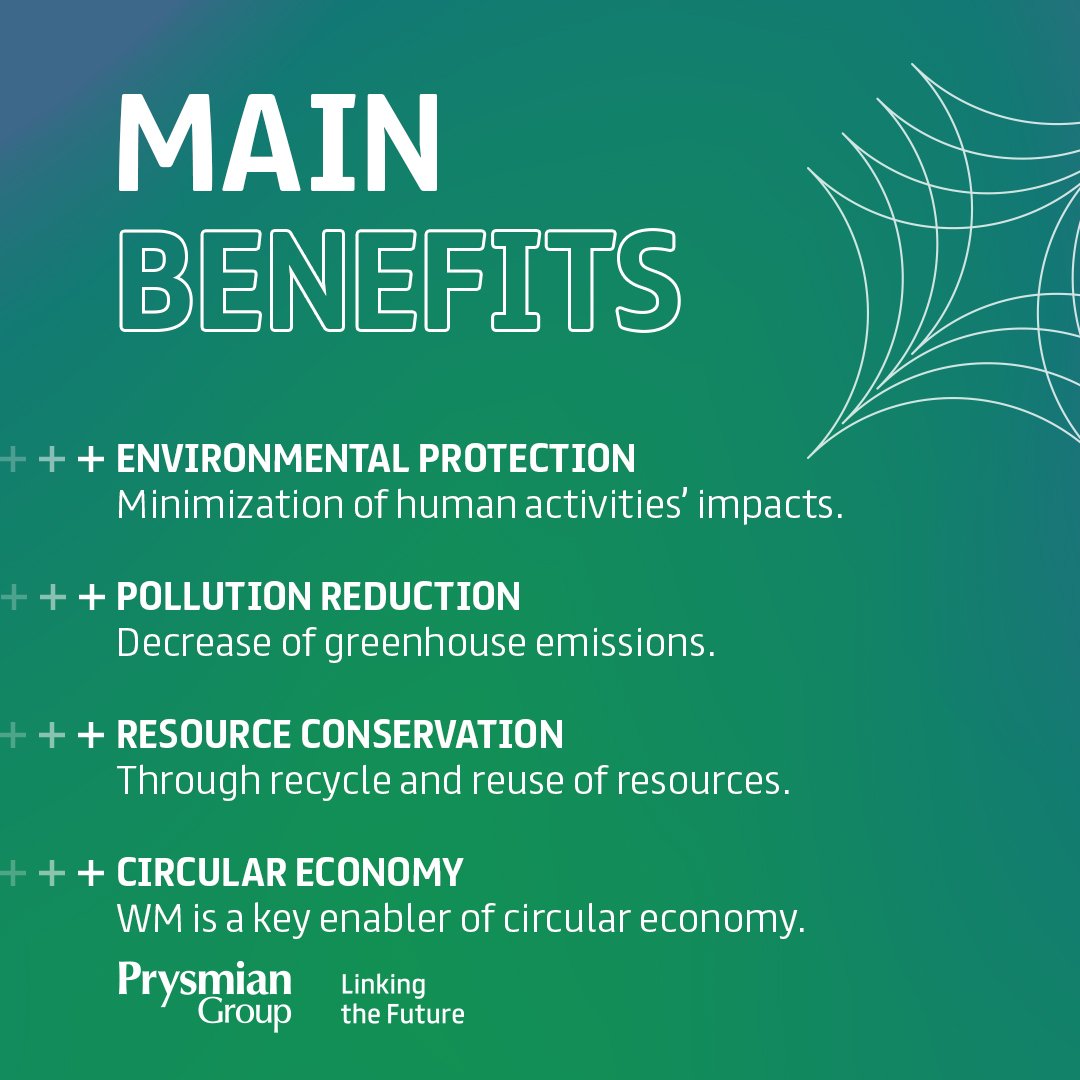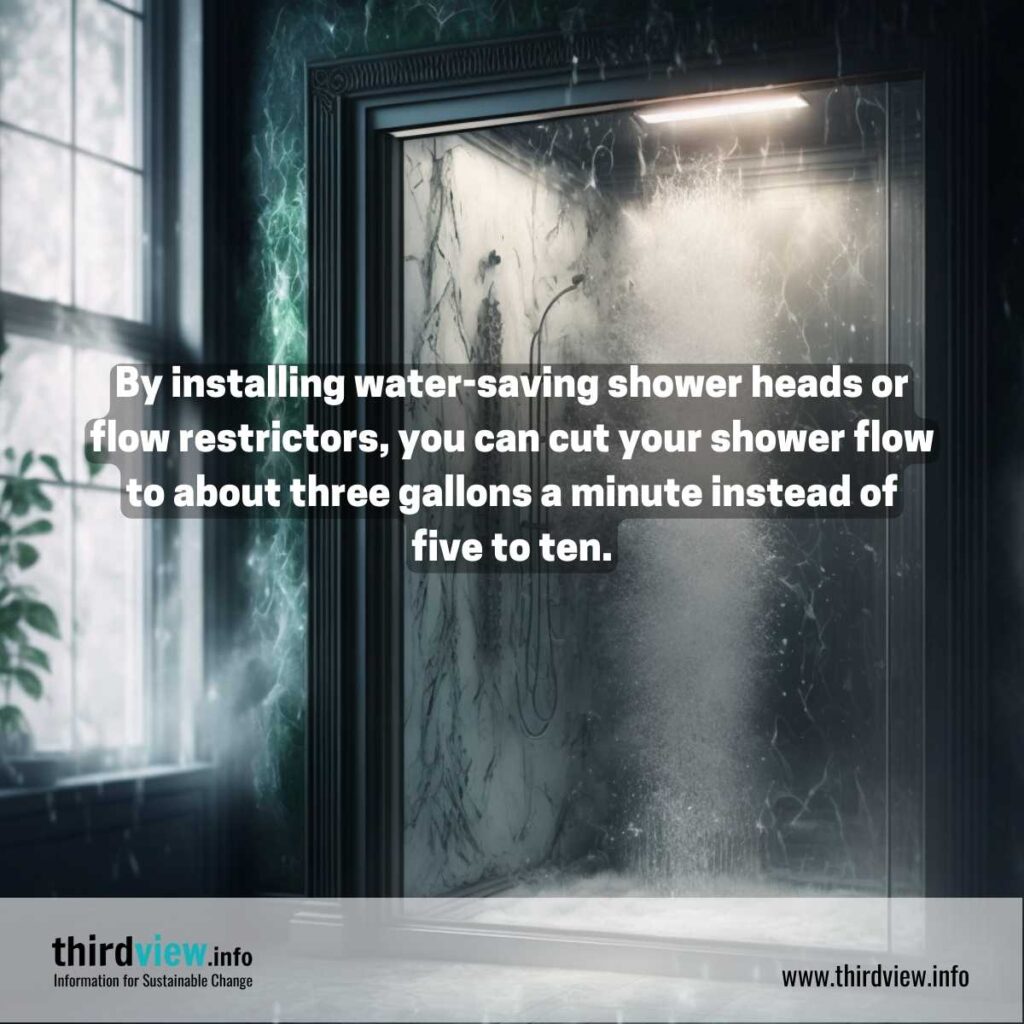An Unbiased View of Reclaim Waste
An Unbiased View of Reclaim Waste
Blog Article
Facts About Reclaim Waste Revealed
Table of ContentsExamine This Report on Reclaim WasteThe Single Strategy To Use For Reclaim WasteExcitement About Reclaim Waste5 Easy Facts About Reclaim Waste DescribedSee This Report about Reclaim Waste
Explore the kinds, incidents, and types of liquid waste. Residential sewage waste describes the waste and products from a domestic sewage-disposal tank. This sort of waste is created by people in residences, schools, and various other buildings. This only includes septic systems that have a drainpipe area. The proper monitoring and disposal of domestic sewer waste call for liquid waste to be transferred to a sewer therapy plant where the proper techniques and devices are used to purify and deal with waste.
Business waste typically consists of prospective threats, such as flammable materials or a blend of fluid and strong waste items, and requires an advanced and comprehensive disposal process. The disposal of industrial waste typically includes the filtering of waste prior to transportation to make certain secure and proper disposal. Industrial waste is produced from by-products and overflow of industrial processes and production.
This kind of waste can not utilize the very same sewer management transport or processes as septic or industrial fluids. The commercial waste monitoring procedure requires the inspection and screening of fluid waste prior to it goes through the disposal procedure (industrial wastewater treatment). Runoff waste is the fluid waste that originates from drainage and excess stormwater in extremely inhabited locations or cities
Drainage waste can cause contamination and flooding if not handled properly. Ensuring appropriate waste management can prevent catastrophes and decrease ecological damage.
The Greatest Guide To Reclaim Waste
Call PROS Solutions today to learn more about our waste monitoring and disposal services and the correct means to take care of the fluid waste you generate.
(http://peterjackson.mee.nu/where_i_work#c2441)This so-called 'wastewater' is not only an essential source but, after therapy, will be released to our land, rivers or the ocean. Made use of water from toilets, showers, bathrooms, kitchen sinks, laundries and industrial procedures is known as wastewater.

water made use of to cool equipment or clean plant and tools). Stormwater, a kind of wastewater, is drainage that moves from agricultural and metropolitan areas such as roof coverings, parks, gardens, roadways, paths and seamless gutters into stormwater drains, after rainfall. Stormwater streams untreated directly to neighborhood creeks or rivers, eventually reaching the sea.
Reclaim Waste Fundamentals Explained
In Queensland, most wastewater is dealt with at sewage treatment plants. Wastewater is moved from residential or commercial websites through a system of drains and pump terminals, recognized as sewage reticulation, to a sewage therapy plant.
The Department of Natural Resources recommends local governments concerning managing, operating and maintaining sewerage systems and therapy plants. In unsewered areas, city governments might call for homeowners to set up private or family sewage therapy systems to deal with residential wastewater from toilets, kitchens, shower rooms and washings. The Division of Natural Resources authorises the use of household systems when they are verified to be reliable.
Many stormwater gets no treatment. In some new subdivisions, therapy of some stormwater to remove trash, sand and crushed rock has actually started using gross toxin catches. Wastewater therapy occurs in four phases: Gets rid of solid matter. Larger solids, such as plastics and various other objects incorrectly discharged to sewage systems, are eliminated when wastewater is gone through displays.
Wastewater after that streams into large containers where solids work out and are eliminated as sludge. Grease and residue are skimmed from the surface area. Makes use of tiny living organisms called micro-organisms to damage down and eliminate continuing to be liquified wastes and fine fragments. Micro-organisms and wastes are integrated in the sludge. Eliminates nitrogen and phosphorus nutrients that can cause algal blooms in our rivers and endanger aquatic life.
What Does Reclaim Waste Do?
Nutrient elimination is not offered at all sewer therapy plants since it needs costly specialised equipment. Clear fluid effluent created after treatment might still have disease-causing micro-organisms - liquid waste disposal.

The majority of wastewater flows right into the sewerage system. Under the Act, neighborhood governments administer approvals and permits for environmentally appropriate website here activities (ERAs) including wastewater launches that might have a regional impact.
The Greatest Guide To Reclaim Waste
Tracking supplies accurate info regarding water high quality and can verify that permit conditions are being satisfied. The info acquired with monitoring offers the basis for making water quality decisions.
Report this page